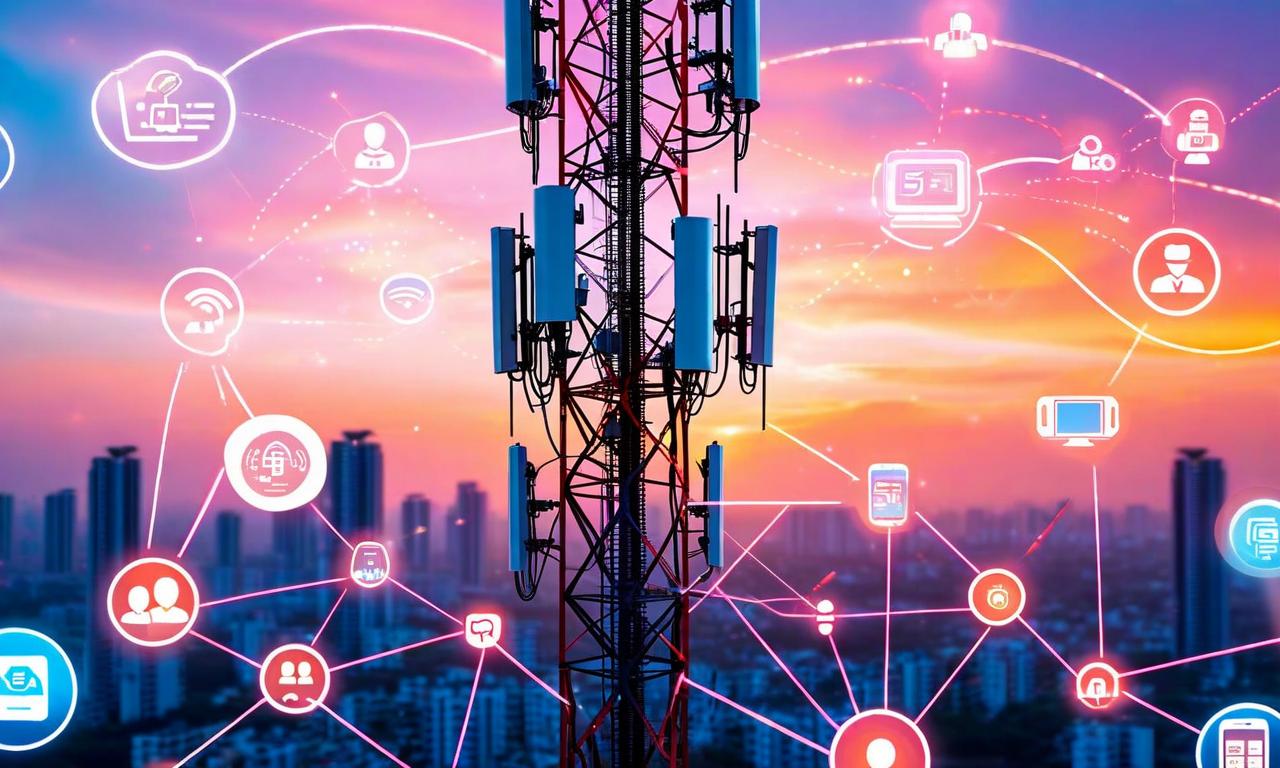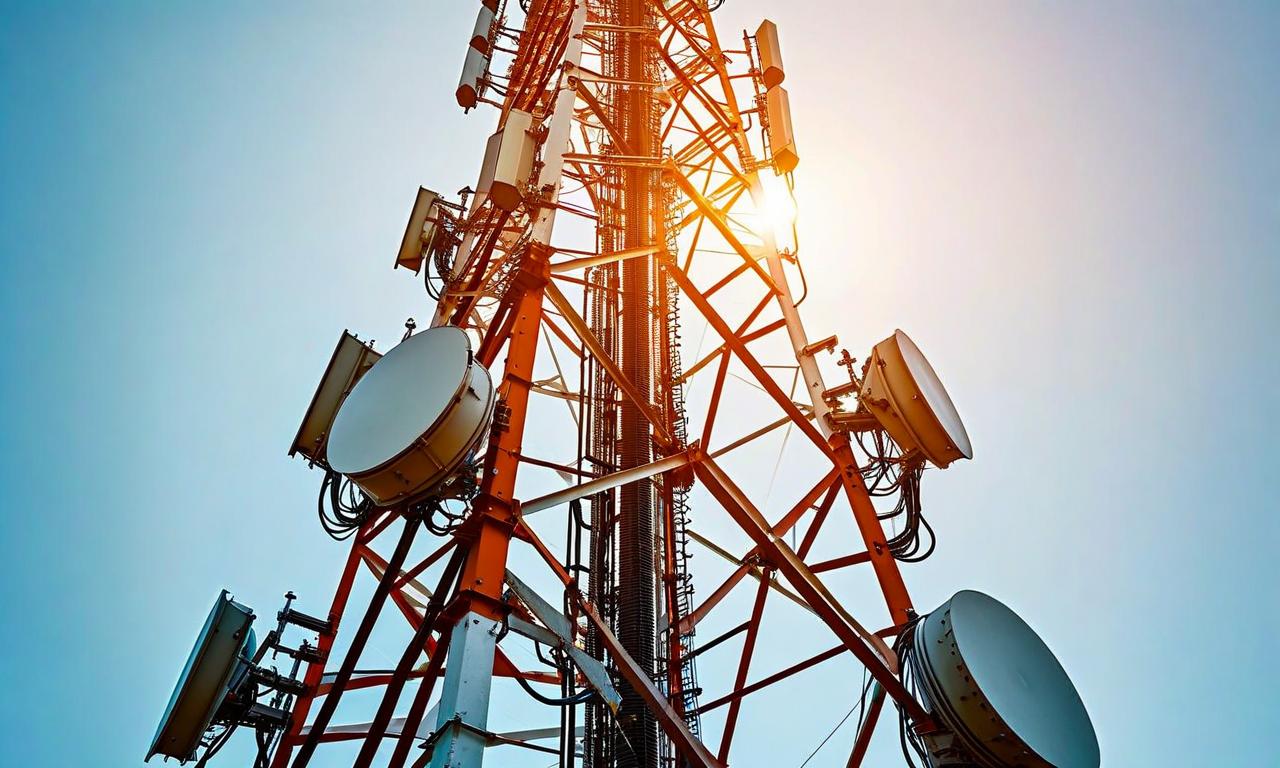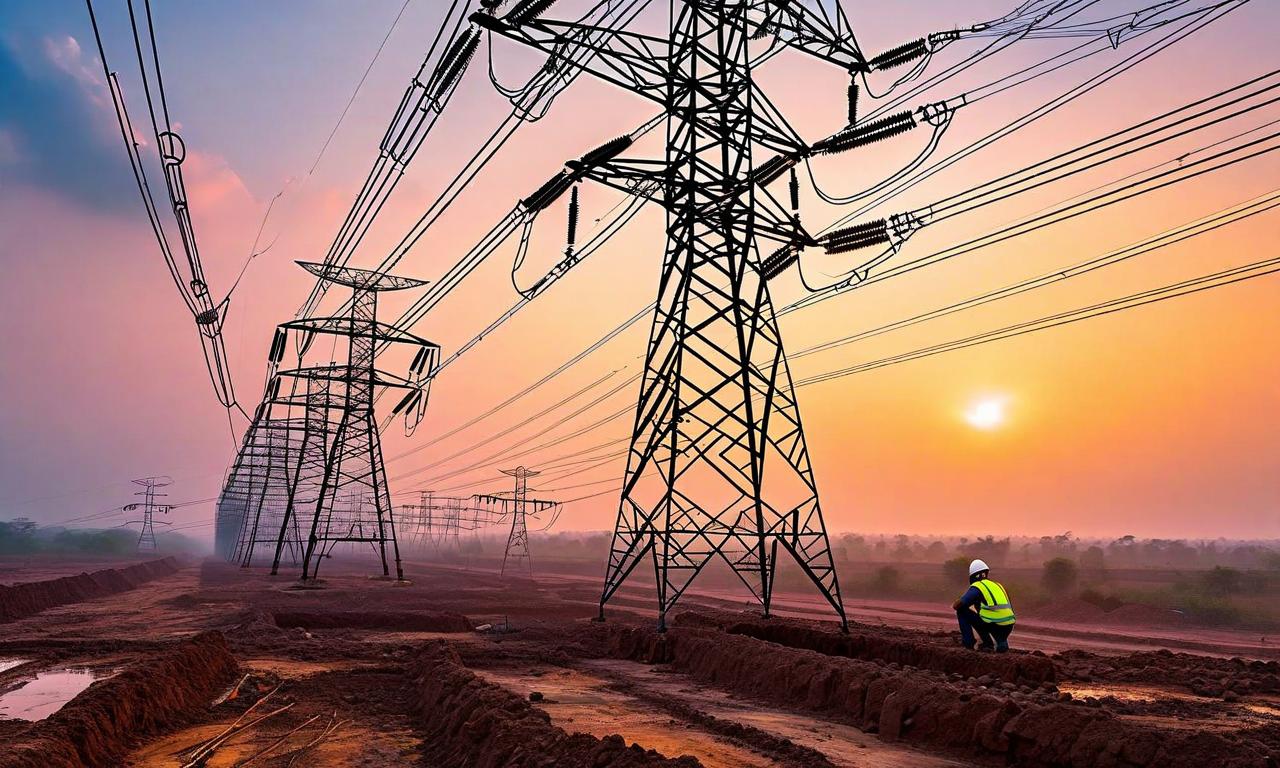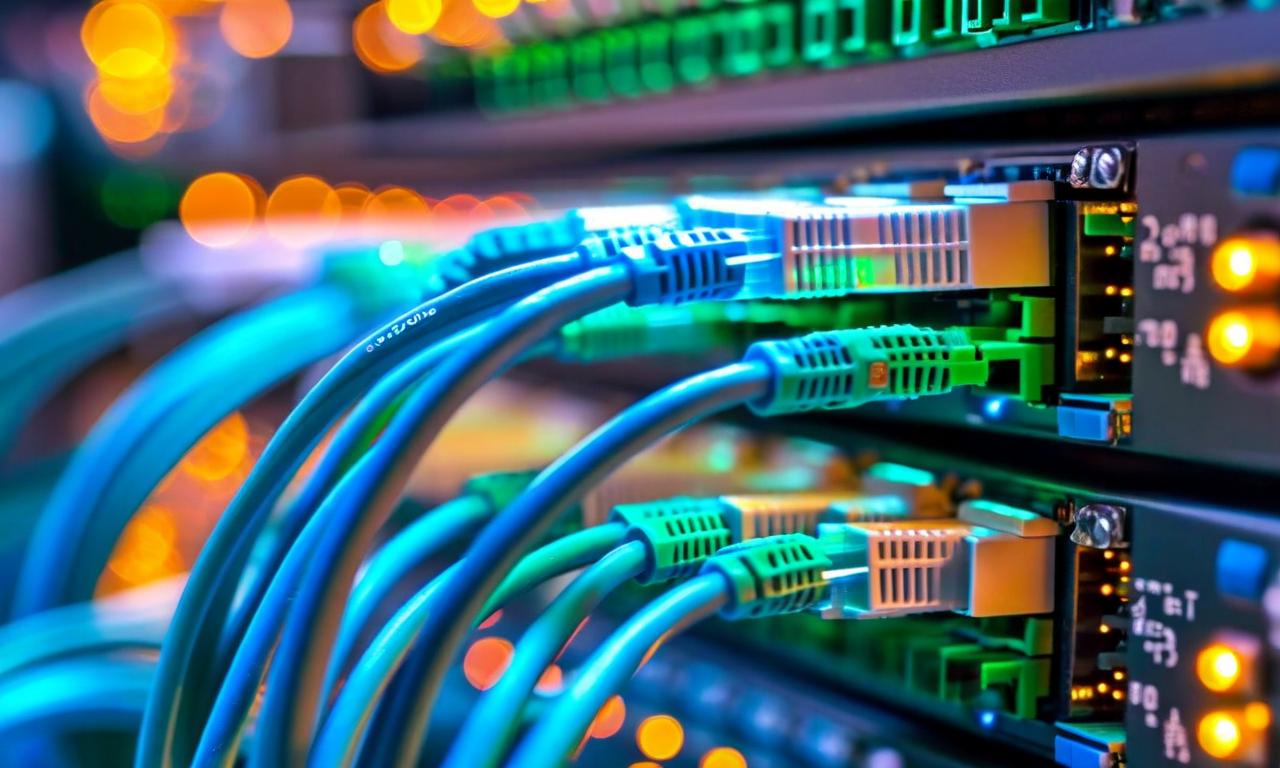Telecom Industry Pushes for Tariff Hikes as Infrastructure Costs Outpace Revenue
The Cellular Operators Association of India (COAI) has defended the telecom industry's call for increased mobile tariffs, citing a widening gap between network deployment costs and revenue. COAI Director General SP Kochhar revealed that this gap, previously around Rs 10,000 crore, continues to grow. The industry faces challenges including high fees for network deployment and increasing infrastructure costs. COAI highlighted that 70% of network traffic comes from large generators like YouTube and Netflix, who don't pay for infrastructure use. The association emphasized that telecom investments primarily benefit Indian consumers but shouldn't serve as profit mediums for non-contributing international players.

*this image is generated using AI for illustrative purposes only.
The Cellular Operators Association of India (COAI) has recently defended the telecom industry's push for increased mobile tariffs, citing a widening gap between network deployment expenses and revenue. This development highlights the ongoing challenges faced by telecom operators in balancing infrastructure investments with revenue generation.
Growing Investment-Revenue Gap
COAI Director General SP Kochhar revealed that the gap between infrastructure development costs and tariff revenue, which was previously around Rs 10,000 crore, continues to expand. This increasing disparity underscores the financial pressures faced by telecom operators in maintaining and upgrading their networks.
Challenges in Network Deployment
Despite government support through right of way policies, the industry faces significant hurdles:
- High fees charged by authorities for network deployment
- Increasing costs of infrastructure development
- Pressure to expand and upgrade networks to meet growing data demands
Data Pack Adjustments and Traffic Distribution
The COAI defended recent modifications to data packs in entry-level plans by some operators. Additionally, the association highlighted a crucial aspect of network traffic distribution:
| Traffic Source | Percentage |
|---|---|
| Large traffic generators (e.g., YouTube, Netflix, Facebook) | 70.00% |
| Other sources | 30.00% |
The association argues that these large traffic generators, despite contributing significantly to network usage, do not pay for their utilization of the infrastructure.
Investment Benefits and International Profit Concerns
The COAI emphasized that telecom operators' investments primarily benefit Indian consumers. However, they expressed concern that these investments should not serve as profit mediums for international players who do not contribute to the costs.
As the telecom industry continues to navigate these challenges, the push for tariff increases reflects the sector's attempt to bridge the growing gap between infrastructure investments and revenue generation. The outcome of this situation could have significant implications for both telecom operators and consumers in the coming years.





























